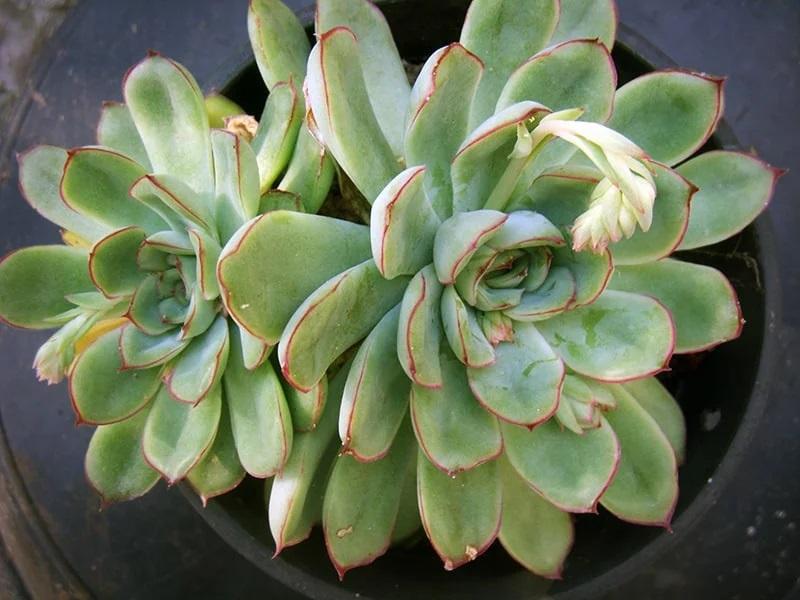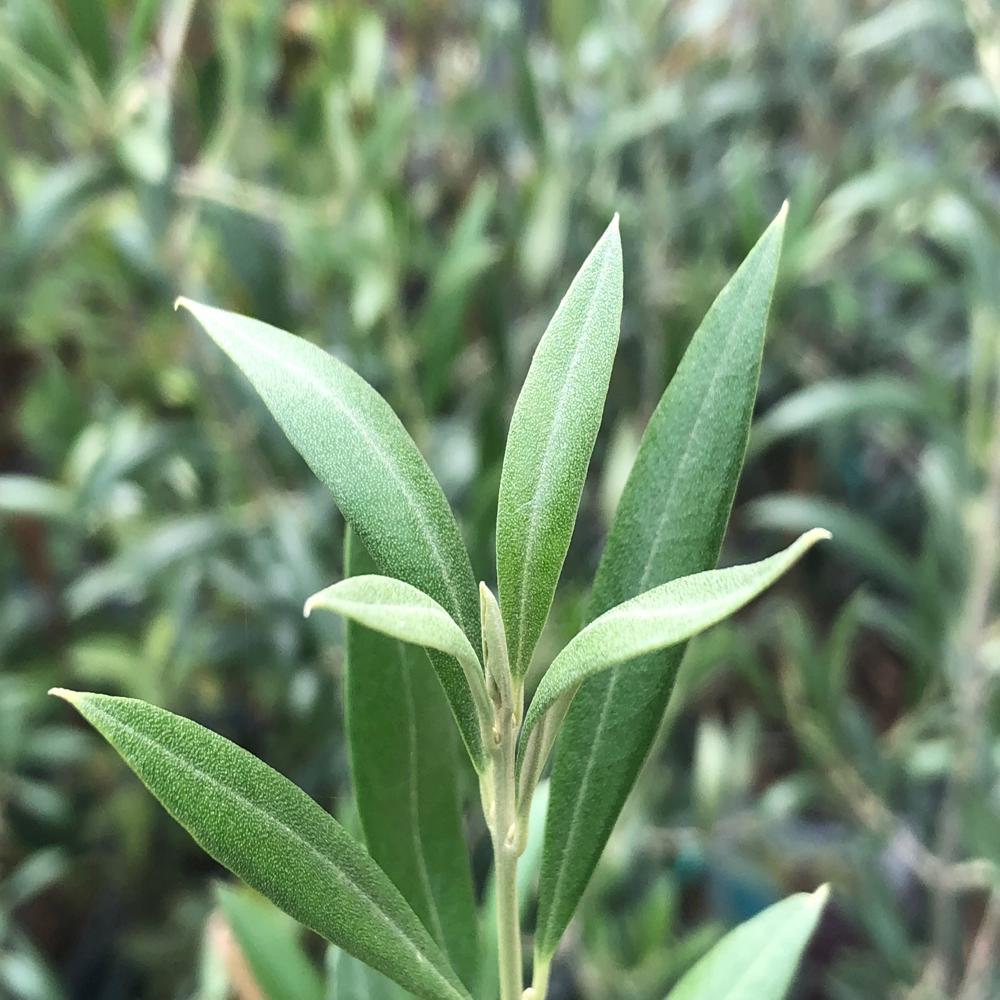- Home >
- Houseplants >
- Low Light House Plants
Low Light House Plants for Sale - Buying & Growing Guide
Do You Know Your Growing Zone? i Growing zones help determine if a particular plant is likely to grow well in a location. It identifies the average annual minimum winter temperatures across the U.S. provided as a map by the USDA.
8 Results
-
Growing Zone(s): Indoors$89.95
-
Growing Zone(s): Indoors$29.95
-
Growing Zone(s): 4-11 patio / 9-11 outdoors$49.95
$59.95Save up to 16% -
Growing Zone(s): 4-8 patio / 9-11 outdoors$39.95
$49.95Save up to 20% -
Growing Zone(s): Indoors
-
Sold OutGrowing Zone(s): Indoors$19.95
-
Sold OutGrowing Zone(s): Indoors /
-
Sold OutGrowing Zone(s): 10-11 outdoors$49.95
Low Light House Plants – Buying & Growing Guide
Succulents are our favorite houseplants. That’s because they’re relatively easy to care for. But that ease of maintenance usually comes with one caveat. Many of the most popular succulents love to live in full sunlight, which many indoor settings cannot provide. Fortunately, there are several types of low-light succulents you can grow indoors with ease. All you need to do is know how to choose these shade-loving succulents from the rest. After that, you should take time to learn how best to care for a low-light succulent.
Types of Low-Light Succulents
| Type | Growing Zones | Mature Height | Sun | Features |
| Zebra plant, Aphelandra squarrosa | 11-12 | 12 to 24 inches | Shade to part shade: 4 hours or less | Bold leaves with white stripes. |
| Minima plant, Echeveria minima | 9-11 | 2 to 3 inches | Full sun to part shade: 4 to 6 hours | Spiral of thick blue-green leaves. |
| Mistletoe cactus, Rhipsalis baccifera | 9-10 | 4 to 6 feet | Shade to part shade: 4 hours or less | Develops a long, trailing habit with a fine texture. |
| Snake plant, Sansevieria trifasciata | 10-11 | 4 to 6 feet | Shade to part shade: 4 hours or less | Upright leaves with elongated stripes. |
| Oxtongue plant, Gasteria | 9-11 | 6 to 24 inches | Full sun to part shade: 4 to 6 hours | Speckled foliage is long and angular. |
| Flower dust plant, Kalanchoe pumila | 9-11 | 8 to 12 inches | Full sun to part shade: 4 to 6 hours | Muted leaves with bold purple flowers. |
| Aloe plant, Aloe vera | 8-11 | 12 to 24 inches | Full sun to part shade: 4 to 6 hours | Long, green leaves with spikes along the margins. |
| Flaming Katy, Kalanchoe blossfeldiana | 8-10 | 12 to 20 inches | Shade to part shade: 4 hours or less | Surprisingly bright flowers compared to other succulents. |
How to Care for Low-Light Succulents
Before you take any type of succulent home, you should know the care requirements. Succulents as a group have a few common maintenance needs.
Most of the difficulty of caring for a succulent relates to water. Most succulents have specific water preferences. During spring and summer, for example, succulents need more water than usual. However, you should try not to allow water to land on the leaves. This can lead to mold and other issues. Good drainage is also a concern for succulents, so make sure the container you use has enough holes to allow water to escape.
Giving your succulents enough sun can also be tough. Even if you have a low-light succulent, your plant will still need some amount of daily light. As you will notice as you search for a suitable variety, many low-light succulents still require a few hours of light.
If getting enough sunlight is not possible in your home, you’ll need to find an alternative light source. To your benefit, there are many grow lights on the market that you can use to keep your plants alive in an otherwise dark room.
Following that advice should be enough to keep your low-light succulents happy in your home. Still, there are a few other tips that will help you to further support your succulent’s growth. Try keeping the leaves as clean as possible and monitor pests as much as you can. Doing so will increase the odds that your succulent will thrive.











